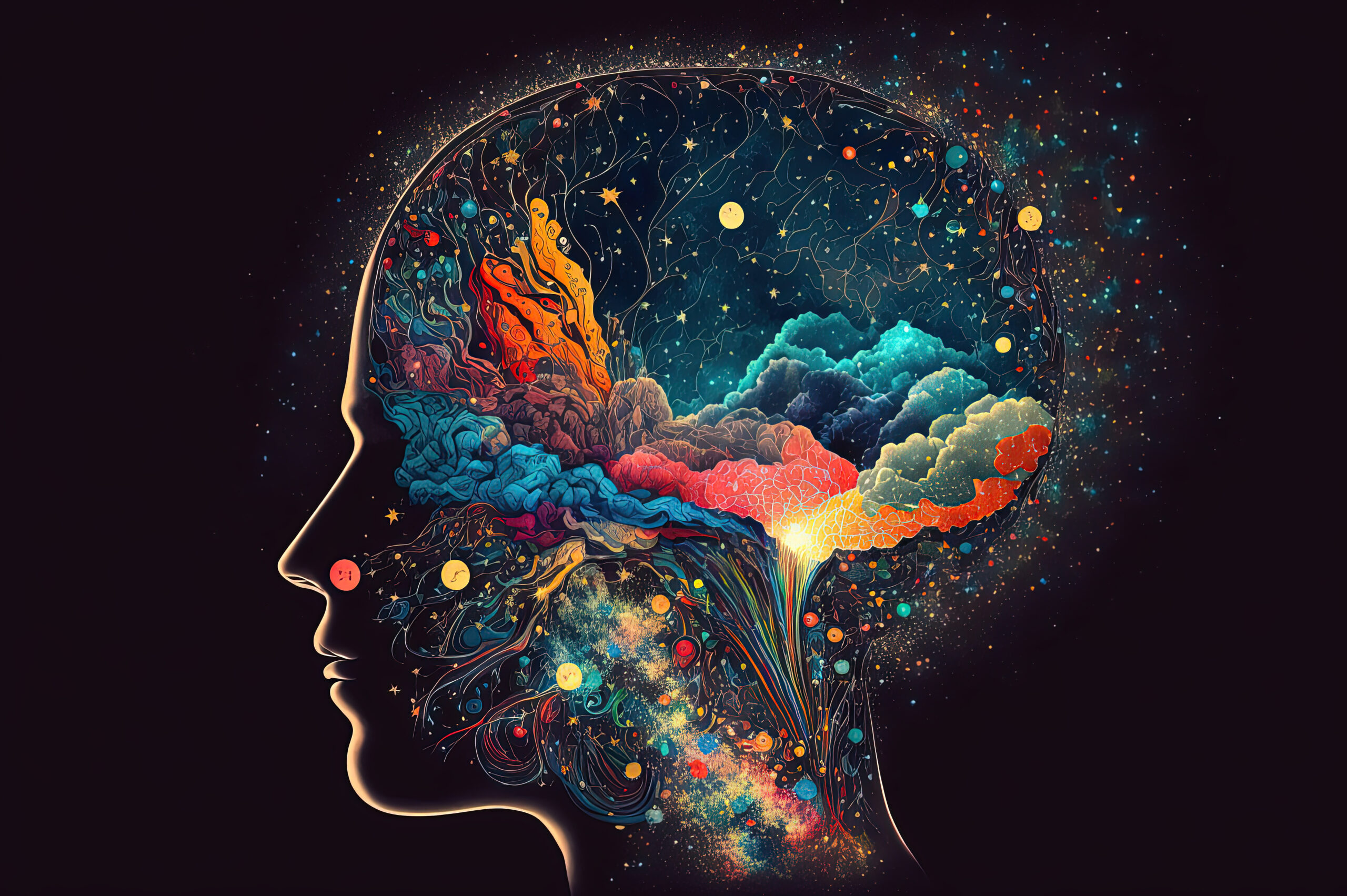When you enter the landscape of psychedelic-assisted therapy, there are two colloquial terms, or so-called extra-pharmacological (contextual) factors, that are deemed essential in preparation and facilitating therapeutic outcome. These are of course the ‘set’ and ‘setting’ that, respectively, broadly refer to how current-moment mindsets (expectations and intentions) and the environment are able to shape the psychedelic experience. But what about potential environmental influences from the past, a phenomenon also referred to as ‘imprinting’?
The phenomenon of imprinting is not entirely new and was recently brought to my attention during OPEN’s online panel discussion ‘Reality Check: Psychedelic Industrial Complex, Hype, Funding, and Research’ with Jane Hu, David Yaden, Josh Hardman, and Shayla Love. Somewhere halfway through the discussion, Shayla Love mentioned how the so-called ‘Brain-Reset’ mechanism of psychedelics was instantiated by the media, as one journalist picked this up by a participants’ report of how psychedelic-assisted therapy felt. It has since reverberated into the culture with many articles purporting this as an established mechanism of action of psychedelics and that in turn, according to Shayla, could influence (‘imprint’) expectations of participants in future clinical trials.
A recent study sought out to investigate whether imprinting has any kind of effects on therapeutic outcome. Accordingly, the study assessed a total of 26 previously recorded treatments sessions and phenomenological follow-up interviews from participants receiving ketamine for their treatment-resistant depression (TRD). In short, the acute experience of ketamine was significantly altered by digital media use prior to treatment and that higher levels of media exposure actually reduced the mystical/emotional qualities of subsequent psychedelic ketamine experiences. Below are summarized two typical examples of imprinting.
The first example consisted of a 28-year-old woman with TRD who reported that her ketamine experience was “hijacked” by Disney iconography. The study reports that this was influenced in particular by the observation that the participant spent up to six hours a day trading Disney pins on a social media forum prior to her treatment with ketamine. This diminished the amount of emotional and mystical content and greatly disappointed the individual. Yet, the participant did change her behavior because of this and ended up spending only one hour a day on social media and Disney pin trading. Notably, the participant posited that her insight in this kind of behavior was actually profound and lasting.
The second example concerns a 34-year-old man with TRD who summed up his ketamine experiences as “a pixelated consciousness” with videogame-like hallucinations, potentially due to the study’s observation that he played videogames for up to 16 hours a day. This was rather enjoyable for the participant, but he was also somewhat disappointed because it lacked any mystical or emotional content. The therapist and participant decided to cut down on videogame hours for the subsequent ketamine sessions and instead spent time with friends and family. Notably, this resulted in significantly different ketamine experiences that were more emotionally intense with marked feelings of grief related to past relationships. Most notably, the participant reported no more “pixelated consciousness.”
These findings corroborate and expand the extra-pharmacological model of psychedelic-assisted therapy, as imprinting seems to significantly influence the phenomenology and therapeutic outcome. The paper ends with a discussion on how imprinting is not the same as priming and suggestion, whether it is underrecognized or unimportant, if it is unique to ketamine or also applies to other psychedelics, various factors that could influence imprinting, dreams as a mechanistic model for imprinting, and how imprinting seems to be consistent with the relaxed beliefs under psychedelics (REBUS) model, and further clinical and scientific implications.
Read the full publication here!
Image credit: ART IS AN EXPLOSION – stock.adobe.com










